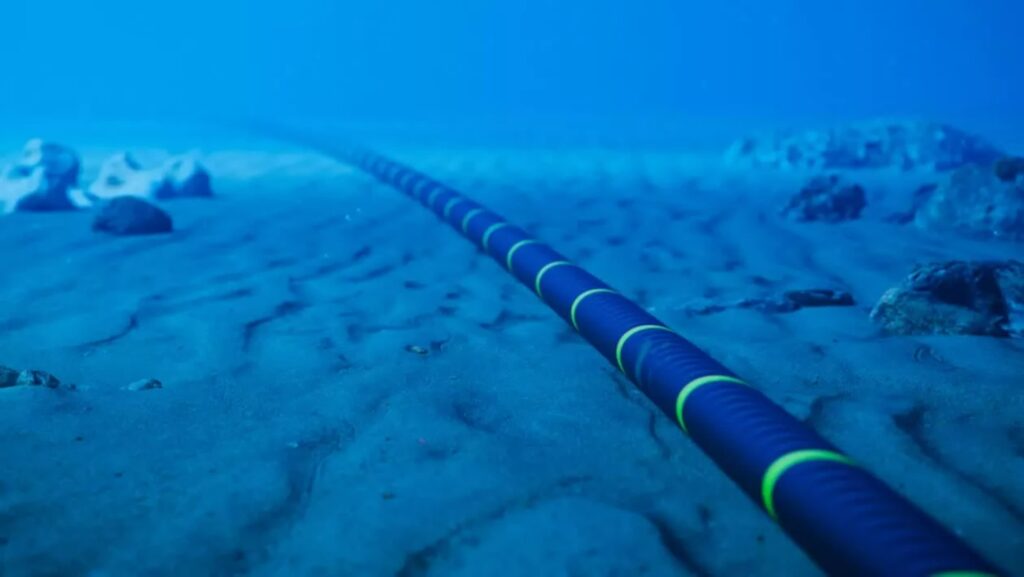Serving tech enthusiasts for over 25 years.
TechSpot means tech analysis and advice you can trust.
Why it matters: Given the number of proposals to move solar and wind energy between countries, subsea transmission of renewable energy is becoming mainstream. The latest ambitious proposition is a subsea energy interconnector between Europe and North America. Considering the number of countries involved, it will take a high degree of technical expertise and geopolitical finesse to pull off. However, hopes are high that it can happen.
A group of entrepreneurs is proposing to build the world’s largest subsea energy interconnector, linking Europe and North America with three pairs of high-voltage cables. The connection would transport renewable energy back and forth between continents, taking advantage of the sun’s daily migration across the sky.
“When the sun is at its zenith, we probably have more power in Europe than we can really use,” said Simon Ludlam, founder and CEO of Etchea Energy and one of the three Europeans leading the project. “We’ve got wind and we’ve also got too much solar. That’s a good time to send it to a demand center, like the East Coast of the United States.”
It is one of a growing number of global endeavors that seek to ship renewable energy by sea cable. A project called Sun Cable wants to send solar power from Australia to Singapore, which has little room for solar farms. Another example is the joint venture between India and Saudi Arabia, which plans to connect their power grids under the Arabian Sea. There are also proposals for an undersea cable system to bring 3.6 GW of wind and solar energy from Morocco to the UK. This project could supply about eight percent of Britain’s power needs.
These projects are not just pipe dreams. The North Sea Link already connects the UK with Norway, allowing the exchange of wind and hydropower between the two countries. Even longer cables are planned between the UK and Iceland and between the solar farms in Azerbaijan and Hungary, where a 1,100-km cable passes on the bottom of the Black Sea.
Subsea power cables are critical to these endeavors. They are crucial technology for transporting renewable energy across long distances under the oceans. Subsea cables allow plants to transmit renewable energy over vast distances, often connecting remote offshore wind farms or solar installations to population centers. The demand for this technology is so strong that the submarine power cable market could surpass $32.86 billion by 2032 with a compound annual growth rate of 8.5 percent. As a frame of reference, analysts had the market pegged at $14.6 billion in 2022.
The project that Ludlam and his colleagues are proposing would use cables stretching more than 2,000 miles across the entire floor of the Atlantic Ocean to connect the UK’s west with eastern Canada and potentially New York with western France. According to renewable energy firm Megawatt-X founder Laurent Segalen, these cables could send six gigawatts of energy in both directions at the speed of light – the equivalent of six large-scale nuclear power plants transmitting energy in near real-time.
The group knows that the ambitious project will need buy-in from several countries and a significant sum of money, making the most optimistic timeline for construction the mid-2030s. However, the coalition is determined to get it done.
>>> Read full article>>>
Copyright for syndicated content belongs to the linked Source : TechSpot – https://www.techspot.com/news/103644-bold-plan-takes-shape-build-world-largest-subsea.html
